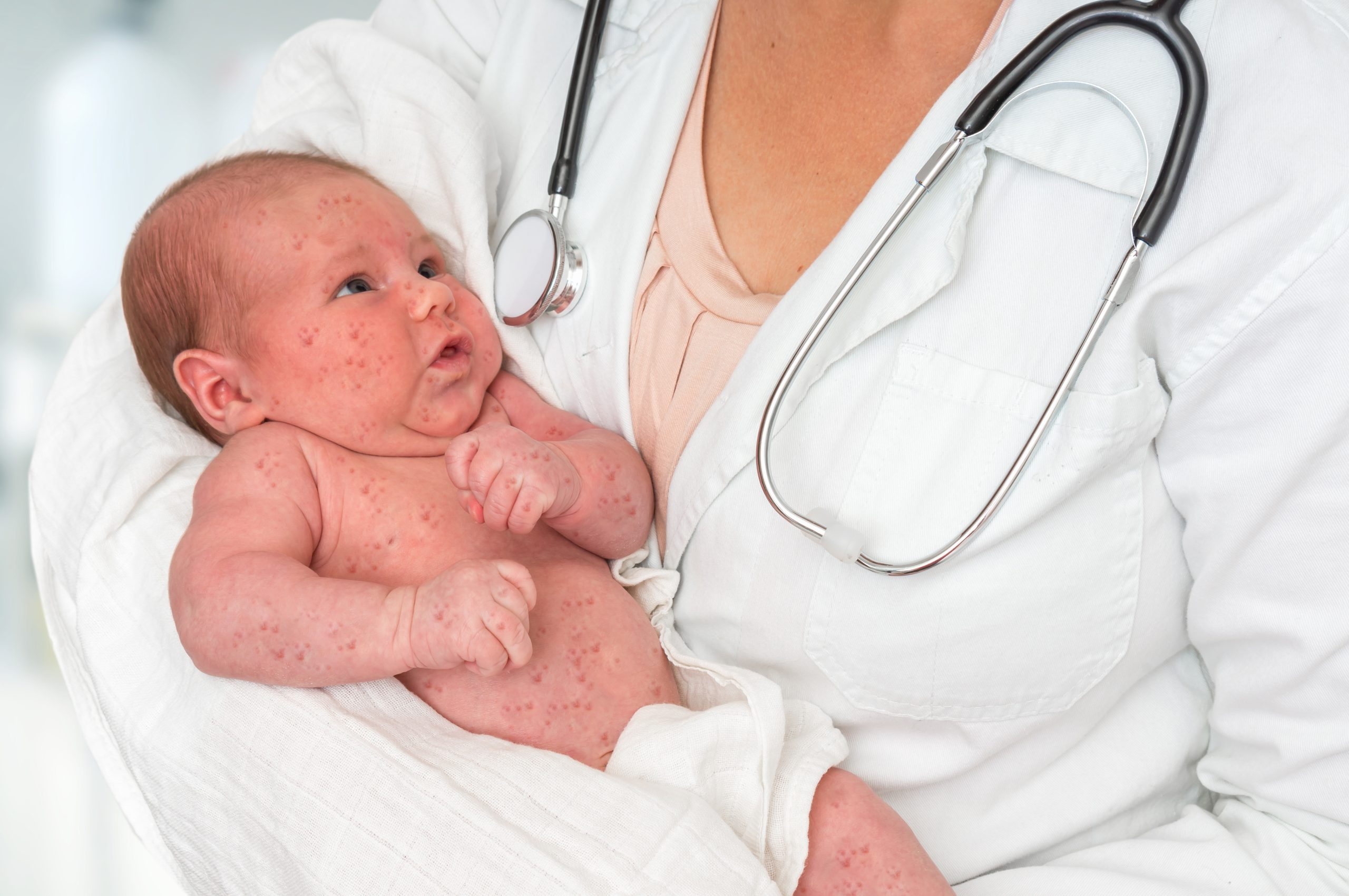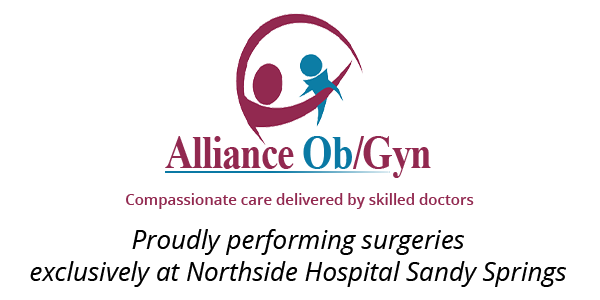
Understanding the Root Cause and Symptoms of Birth-Acquired Herpes
Topic: Understanding the Root Cause and Symptoms of Birth-Acquired Herpes
Infants can have birth-acquired herpes, which is passed down from mothers with genital herpes. It is sometimes contracted while still in the womb, or more commonly, shortly after birth. Children who are born with herpes can suffer from a skin or system-wide infection that is sometimes referred to as systemic herpes, which is much more dangerous and can potentially be life-threatening, causing problems such as trouble breathing, seizures, and brain damage.
The Root Cause of Birth-Acquired Herpes
The Boston Children’s Hospital has estimated that birth-acquired herpes affects around 30 infants per 100,000 births. In essence, the herpes simplex virus, also referred to as HSV, is the root cause of birth-acquired herpes in infants. Infants are most at risk of contracting birth-acquired herpes during the mother’s primary infection.
Once the mother has recovered from herpes, the virus becomes dormant and there may be long stretches of time before it becomes active again and symptoms flare. The return of the herpes virus is also known as a recurrent infection.
Mothers who have an active herpes infection have an increased chance of passing it on to their baby, especially if they have a vaginal birth. This is because herpes blisters are usually present in the birth canal, where the infant encounters them.
However, mothers who have a herpes infection that is not currently active may also transmit it to their children. This is especially true if the infection was contracted during their pregnancy. Importantly, the majority of children born with HSV have mothers without a history of herpes or an active infection since many measures are in place to protect babies whose mother has a known history of HSV or an active infection.
In addition, infants can acquire herpes when they encounter cold sores that are on the lips or around the mouth. Kissing and close contact can pass the herpes virus on. Since this would not be birth-acquired herpes, it is referred to as neonatal herpes and is typically less severe.
Symptoms of Birth-Acquired Herpes
Symptoms of birth-acquired herpes usually present in the first several weeks after the baby is born. At other times, they may even be recognized at birth. It can look like a skin infection on the infant with groups of blisters around the eyes or torso that are filled with fluid. The blisters may also be referred to as vesicles and look like blisters that are present on the genitals of adults who have herpes. The blisters, or vesicles, can also burst and crust before they have a chance to heal. Sometimes a baby develops these blisters one week after birth, and other times it is already born with them. In addition, the baby may experience extreme fatigue and have issues feeding.
Key Takeaway
Birth-acquired herpes affects infants whose mothers have the herpes simplex virus, also known as HSV. Symptoms of birth-acquired herpes in infants include fluid-filled blisters, extreme fatigue, and trouble feeding.
Topic Discussed: Understanding the Root Cause and Symptoms of Birth-Acquired Herpes



